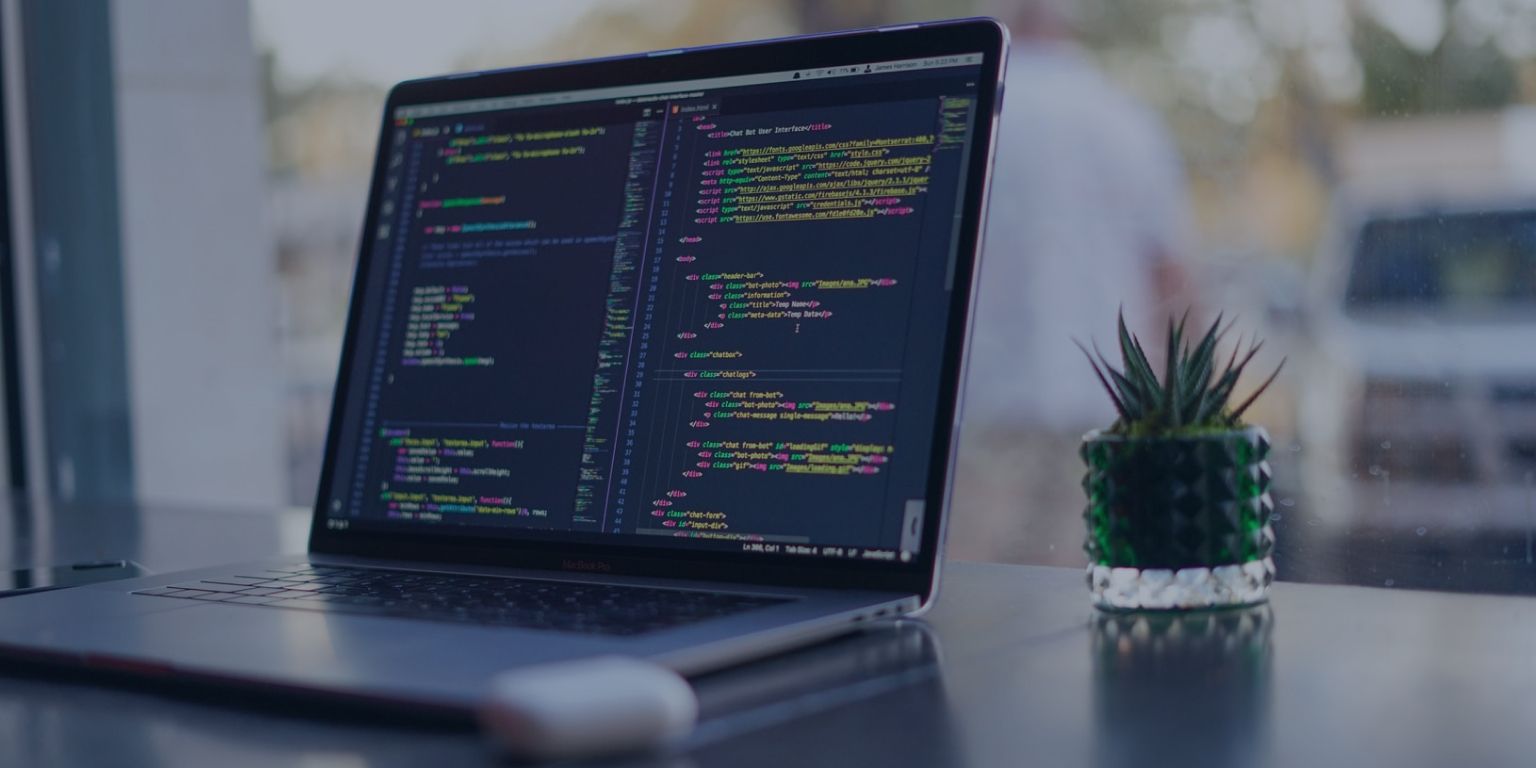Manual Code Review Guide
06 October 2021 4 min read

Due to the ease of adopting a stationary interpretation method to find security vulnerabilities, analyzing source code for surveillance bugs is receiving a lot of attention and emphasis these days. The devices perform their job swiftly, proficiently, and well. Most of this testing can be done automatically, just like a lot of other kinds of evaluation. As a result, they're straightforward to utilize. While this may save time, you risk overlooking many problems in your code, or worse, wasting engineers' time by focusing on false positives the tool couldn't confirm. Despite the advances in these technologies, human code review by security professionals is still required to ensure their effectiveness. Consider how human code review works in conjunction with static analysis techniques to reach the highest standards in code quality assurance.
Method of code review?
An automatic notice or a person may start a code review, whether manual, automated, or a hybrid of the two. To conduct a thorough and secure code review, current best practices combine human and robotic reviews. With a tandem approach, you'll catch more problems.
Using automated code reviews, huge codebases may be thoroughly examined in a short period. To help identify vulnerabilities faster, developers use free origin or corporate applications to do this assessment whilst they code. The most sophisticated programming personnel use tools such as SAST, which may offer extra inputs and assist in identifying vulnerabilities before the script is inspected. Effective software development methods include frequent self-evaluation by the programmers themselves.
The manual review entails a veteran and perhaps more accomplished coder going over the whole codebase from top to bottom. This is a laborious and lengthy procedure, but it uncovers faults that algorithmic modalities may overlook, such as syntax issues.
Manual vs. Automatic code review
Insights from the Exam:
In manual analysis, a vendor's objectives may be deciphered and state machine unraveled. Control techniques misfire in certain regions, culminating in misclassification and, even problematic, dilemmas constantly getting omitted entirely. This technique comes in handy in traversing obscure script pathways. A comprehensive sentient script audit makes it simpler to perceive paths missed by automatic tools. Algorithmic investigations are better at identifying weaknesses related to data validation, encryption, consent, and decryption than those conducted by hand alone.
Advanced code analysis tools (ACR) could indeed readily investigate these intentionally hidden pathways, although the objectives behind them may be abandoned by integrated script analysis. You may improve automation efficiency by implementing script scrutiny wherein your coworkers evaluate your written automated tests. In quality assurance processes, you may run across issues with automation that obstructs investigation.
Unnoticeable errors:
Since testers perform their evaluations individually, it's conceivable that a few integration vulnerabilities or other minor problems go unnoticed. Thus, the primary goal of code reviews is to find flaws, but a secondary goal is to maintain high levels of consistency.
Alternative strategies of top-notch verification couldn't compete with this method's ability to be subjective. In addition, the protracted viability of your source is as important. It's simple to discover issues in code, but subtler mistakes may be overlooked if you don't look for them.
Why is manual code review critical?
In many cases, spotting faults in the script is simple, but finding the errant logic isn't that simple. Nevertheless, checking for mistakes is a decent idea, no matter your cloud platform or other factors. Human reviewers often miss this kind of inaccuracy, but ACR-automated algorithms detect it in seconds. There is a limit to how much code can be scrutinized using this automated technique.
Because of this, it's not possible to tell whether creating your initial endeavor is a feasible approach to solving a multifactor authentication dilemma using a computerized tool. Thus, to say individuals are primarily superior to robots is a fallacy. In many cases, a diagnostic engine may outperform a subjective auditor regarding defects or weaknesses at the interoperability base caused by configuration mistakes.
Manual reviewers have a thorough understanding of the operational environment and the ethnic backgrounds consuming the manual. Each particular attribute and overarching application goal is well-understood by the team. They apply this expertise to the tool to offer developers actionable results instead of a collection of useless discoveries that waste a developer's time. To assist with critical problems, they use their software and environment expertise.
Reviewers who do follow-up evaluations of the instruments' outcomes are more likely to succeed. To offer better remediation recommendations to the developers, they use their logical understanding of the environment and context of the code. In addition, the reviewer aids the creators in learning and answering queries that the tools are unable to. This is preferable because they can work with programmers to develop comprehensive solutions to complex problems and then test the keys before they are committed and made available for another scan.
The reviewer will have a better understanding of the code and who owns what. Eventually, they will learn which developers or teams are responsible for the most security vulnerabilities. For example, they may discover that Steve has difficulties with period and state, Bob has trouble validating input, and Sue forgets to encode output for the correct context. This information may be leveraged to direct training initiatives, whether they are one-on-one or broader in scope. Keeping reoccurring issues means less period consumption addressing old defects to aid in meeting tight deadlines since it’s simpler to fulfill.
Conclusion
Even though the software is an excellent method to rapidly and reliably find common security flaws in code, it isn’t nearly enough on its own.
We can make our tool settings run more quickly and provide better results manually evaluating the findings. As a result of our work, developers no longer have to waste time on inaccurate results. While assessing the effects, reviewers consider context and surroundings to prioritize the modifications appropriately. Reviewers have the ability to provide developers with more comprehensive assistance in resolving vulnerabilities revealed by the tools. While reviewing the results over time, a reviewer will see patterns that can sometimes be utilized to improve training for those who need it and decrease the period spent fixing the same issues repeatedly.
Although algorithms perform a decent job, a security expert's assistance in code review is still recommended for achieving the most remarkable long- and short-term outcomes.





